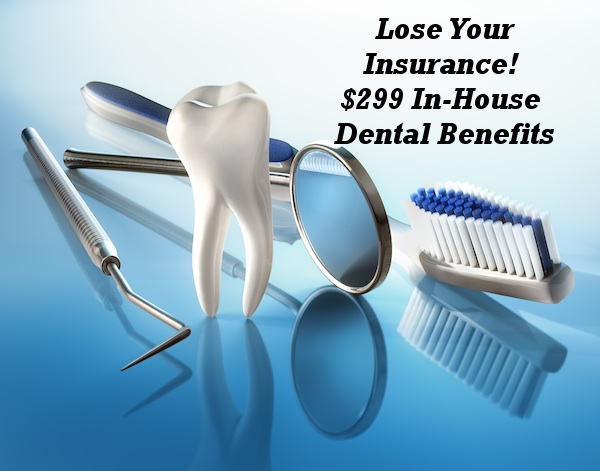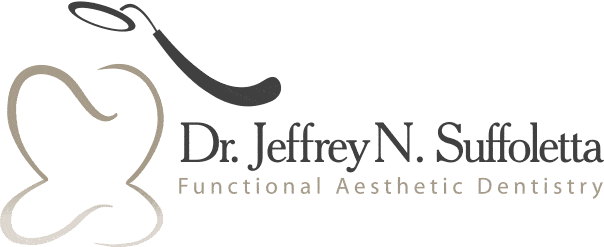Tips to Affordably Maintaining Healthy Teeth
The saying that health is wealth is often referred to as the wellness of every part of your body, but it’s seldom when used in the context of dental health. What we may be disregarding is that dental health has crucial implications for your overall health. For example, research has shown associations between gum disease and a range of other illnesses. These include:
- Diabetes
- Heart disease
- Respiratory disease
- Rheumatoid arthritis
- Osteoporosis
According to WHO’s fact statement, periodontal disease (acute gum disease) was ranked 11th among the most prevalent diseases in the world in 2018.
This leads us to deduce the crucial role that effective dental care plays in maintaining both oral and overall health. There’s another important fact that needs to be stated alongside the dental-health and overall-health correlation; the ever-increasing cost of dental care. In February 2018, a report on HealthAffairs.org projected that spending on dental care will grow to 191 billion dollars by 2026 from 111 billion dollars in 2013. This depicts an annual average growth of 4.6% which does not equate to the 5.5% annual growth of healthcare spending in the US. In such a scenario, having to pay for dental care from one’s pocket may prove financially draining.
RELATED ARTICLE: 5 Dentistry Trends to Lookout for in 2020
Why Purchasing An Individual Dental Insurance Cover Is Paramount
Regular dental visits makes part of the recommended practice for optimal oral health. Daily home oral care through brushing twice per day and flossing at least once in a day is key in keeping your oral health optimal. However, even the best home dental care can fail to eliminate plaque. Accumulated plaque turns to calculus, which is the basis for most oral diseases. It’s a standard recommendation that dental visits are done at least twice annually.
Paying even just for these two visits can be expensive. Plus, if problems are found, the cost skyrockets. This alone is enough to justify the need for individual dental insurance. Having individual dental cover also ensures that dental visits are not postponed until the last minute when funds are raised. Some dentist provide in-house dental benefits with an easy payment plan that helps non-insured patients cover their visits with ease.
702-671-0001
Keep Your Teeth Healthy, Ask us About Our In-House Dental Benefits

How Dental Insurance Works
Before we get into the nitty gritty, let’s focus on the in-house dental services a little more. First, every dentist’s in-house dental benefits will differ, while others will have none to provide. One example is Dr. Suffoletta’s dental practice out of Las Vegas, NV. This practice has 3 in-house dental plans that are at a fixed rate and you pay them yearly. Depending on the rate, you can get tiered level services. They also provide in-house benefits that only require you to pay 20% upfront with future payment plans. Besides, you can literally go on a vacation to Sin City Las Vegas and get your teeth worked on the last day before you fly back home.
Alternatively, as a potential dental patient, you will need to select an insurance plan based on your financial capacity and your dentist recommendations when possible.
When considering insurance, you should bear in mind the “100-80-50” rule:
- Insurance coverage takes care of 100% of preventive and diagnostic services ranging from the recommended twice-a-year checkup, cleanings, and radiography services.
- The cover pays for 80% of essential dental care services such as root canals and fillings.
- Your cover takes care of 50% of costs related to restorative dental services including bridges and crowns.
Choosing a plan based on the dental care provider means selecting one among the 3 types of individual dental insurance:
- The Dental Maintenance Organization plans have restricted access to care within a limited network of dental service providers.
- Preferred Provider Organization plans give the patient the liberty to consult practitioners outside the chosen network.
- Indemnity plans leave the choice of a preferred dentist completely open.
Depending on your chosen plan, you will be required to pay monthly premiums that are also defined by your insurance company and your location. Premiums can be as low as $50 or as high as $2000 per month. What is important, is to choose a plan that works best for you. You can do this by consulting an analyst or by just comparing the options in the insurance market.
RELATED ARTICLE: Ask us about dental benefits
The Flexible Spending Account (FSA) option
FSAs are accounts that offer employees the possibility of obtaining reimbursement for medical expenses. They are qualified as tax-free savings accounts, so no federal or employment income taxes are deducted from these accounts.
You can pay for your dental services using FSAs. This means that even if you need to pay the dental service from your pocket at the moment when it’s given, reimbursement will be made under the IRS publication 502 on Medical and Dental Expenses.
FSAs cover any dental services that fall under treatment and prevention including:
- tooth extraction
- cleanings
- crowns
- dentures
- bonding
- inlays and onlays
- fillings and sealants
As well as other preventive and diagnostic services. Reimbursements exclude cosmetic dental services such as veneers and teeth whitening.
Prevention Saves You Money and Preserves Your Smile
After all is said and done, it is important to underscore that the best way to keep a healthy mouth and smile and save money is by maintaining good oral hygiene practices. Coupling standard dental care with an appropriate individual dental insurance plan will save you from large out-of-pocket expenses if you should require treatment or emergency dental attention.
Photo By:




